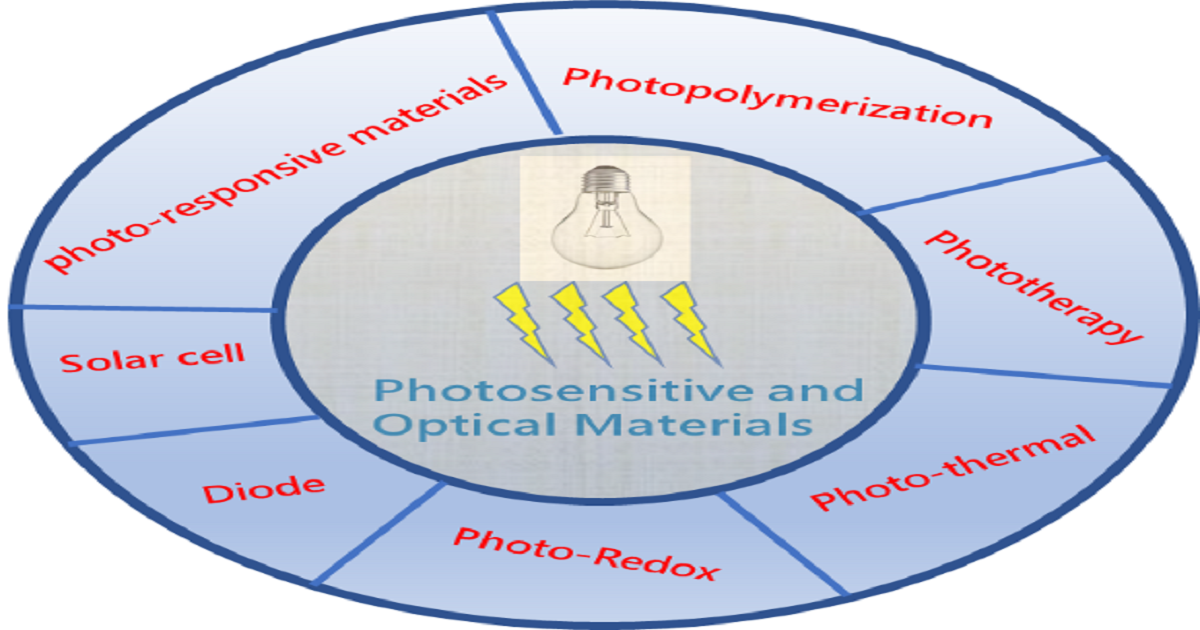Topic Menu
► Topic MenuTopic Editors

Photosensitive and Optical Materials

Topic Information
Dear Colleagues,
There has been extensive investigation, both academic and industrial, in the field of photosensitive and optical materials. Photosensitive and optical materials consist of a polymeric/small molecule with a photoresponsive quality. These materials are expected not only to absorb light in the desired or required energy spectrum but also to exhibit a chemical/physical reaction that allows application at different fields. This occurs either through in-built fundamental photo-related mechanisms or as a result of the environment of practical application. That is, by absorbing energy from light, these materials temporarily change their properties and are distinctively different from non-excited materials. Thus, they may act as the fields of photo-redox, photo-thermal, phototherapy, photo-responsive material, solar cells, diodes, and so on. Due to the expansion of optical materials applications, novel photosensitive and optical materials are required. For this Topics, we welcome all contributions focusing on the development of “photosensitive and optical materials”. Both academic and practical observations on the design of photosensitive material, photopolymerization, photoredox, photothermal, phototherapy, photoresponsive materials, solar cells, and diodes are welcome.
Dr. Yung-Chung Chen
Dr. Jen-Shyang Ni
Topic Editors
Keywords
- photosensitive material
- photopolymerization
- photoredox
- photothermal
- phototherapy
- photoresponsive materials
- solar cell
- diode
Participating Journals
| Journal Name | Impact Factor | CiteScore | Launched Year | First Decision (median) | APC |
|---|---|---|---|---|---|

Catalysts
|
3.9 | 6.3 | 2011 | 14.3 Days | CHF 2700 |

Materials
|
3.4 | 5.2 | 2008 | 13.9 Days | CHF 2600 |

Nanomaterials
|
5.3 | 7.4 | 2010 | 13.6 Days | CHF 2900 |

Photochem
|
- | - | 2021 | 23.4 Days | CHF 1000 |

Polymers
|
5.0 | 6.6 | 2009 | 13.7 Days | CHF 2700 |

MDPI Topics is cooperating with Preprints.org and has built a direct connection between MDPI journals and Preprints.org. Authors are encouraged to enjoy the benefits by posting a preprint at Preprints.org prior to publication:
- Immediately share your ideas ahead of publication and establish your research priority;
- Protect your idea from being stolen with this time-stamped preprint article;
- Enhance the exposure and impact of your research;
- Receive feedback from your peers in advance;
- Have it indexed in Web of Science (Preprint Citation Index), Google Scholar, Crossref, SHARE, PrePubMed, Scilit and Europe PMC.


